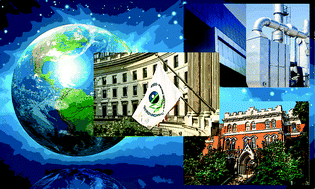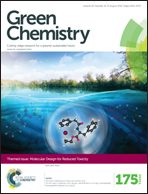On the design of safer chemicals: a path forward†
Abstract
The need for chemists to design chemicals that not only fulfill their intended purposes but are of minimal hazard was recognized nearly a century ago. Over the decades regulations pertaining to the development of safer drug substances and pesticides have been promulgated, and caused changes in the relationships between industry, academia, government agencies, and how chemists are trained to develop new pesticides and new drug substances. This has led to the considerable progress that has occurred over the past 60 years in the development of safe and efficacious pharmaceuticals and pesticides. Progress in the design of safer commercial chemicals, however, has been comparatively slow, despite the many advances in: toxicological research; the elucidation of mechanisms of toxicity; and the identification of relationships between chemical structure, physicochemical and electronic properties with toxicity, environmental fate, or environmental hazard. While few would argue against the need for safer commercial chemicals, implementation of the design of safer chemicals as a paradigm has not advanced to the same extent as other approaches to preventing pollution. This article offers insights on how this paradigm can be advanced as an important component of sustainable development, and how those existing commercial chemicals for which safer, commercially viable alternatives are most needed can be identified and prioritized. One recommendation regarding prioritization is the use of information available in the United States (U.S.) Environmental Protection Agency's (EPA's) Toxics Release Inventory (TRI): the U.S.’ pollutant release and transfer register (PRTR). The TRI is an easy-to-use pollution prevention database tool used extensively for tracking the quantities of toxic chemicals annually released or otherwise managed as waste, and evaluating overall environmental performance by industrial facilities. Other PRTRs throughout the world have the potential to be used for identification and prioritization of chemicals as well.

- This article is part of the themed collection: Molecular Design for Reduced Toxicity

 Please wait while we load your content...
Please wait while we load your content...